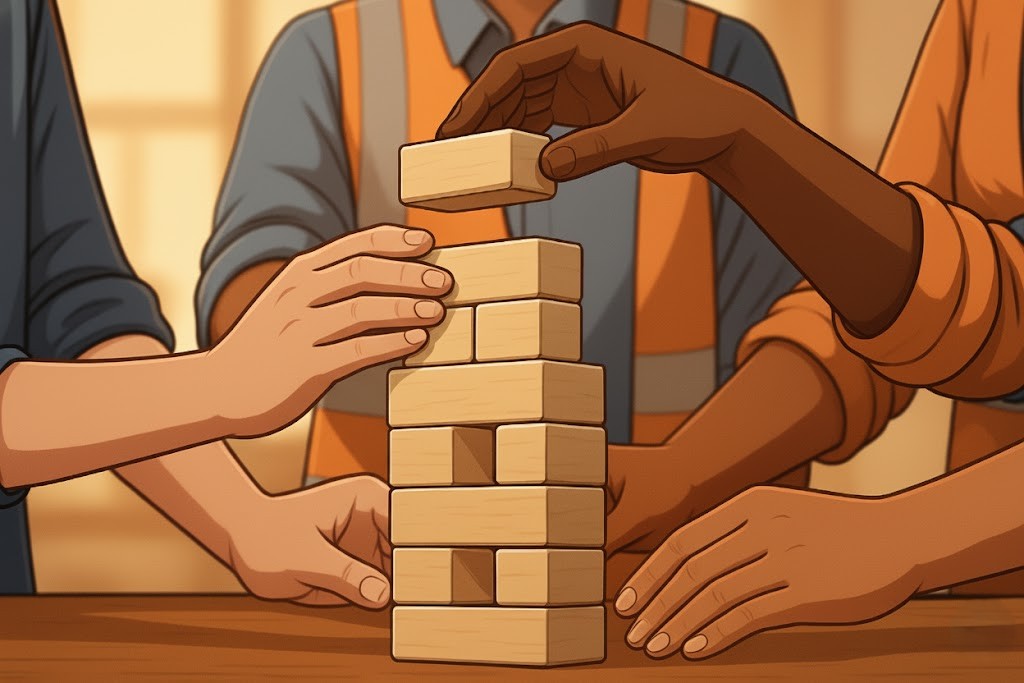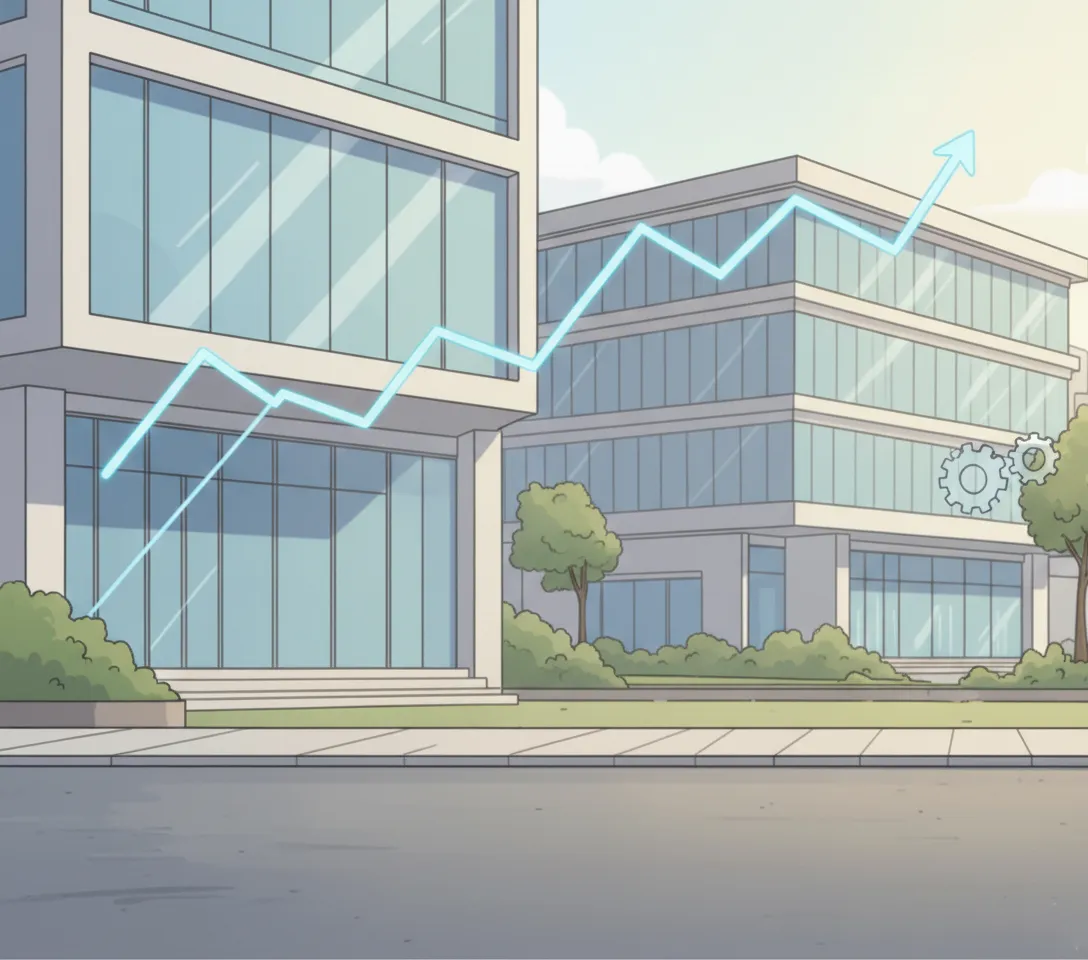Elevating What It Means to Be Safe
Discover the momentum shift from safety compliance to genuine commitment. Stop counting days without incidents. Start building the defenses that make safety real.

"Safety is not the absence of events; safety is the presence of defenses." — Todd Conklin, Ph.D., author of Pre-Accident Investigations: An Introduction to Organizational Safety
The Challenge: Safety Has Become a System, Not a Shared Belief
Across industries, I've seen the same pattern: organizations pour energy into safety programs, campaigns, and checklists, yet the results plateau.
What begins with passion and good intentions often transforms into a system to manage, rather than a belief to live by. People follow the rules but don't always feel ownership. Leaders measure compliance, but the culture doesn't truly shift. That's not because people don't care about safety, it's because they've been taught to manage it, not to build defenses that make it real.
The Shift in Thinking: Old vs New
Old way (absence of events): "We're safe because we haven't had an accident in 200 days."
New way (presence of defenses): "We're safe because our workers have the skills, support, and authority to handle problems. Our teams communicate well. Our leaders are engaged. We learn continuously."
This shift, from counting days without incidents to building real capability, is what creates true momentum. It transforms safety from something you track on a board to something you strengthen in people.
Why It Happens: We've Focused on Programs Over People
Traditional safety approaches tend to focus on fixing problems instead of understanding people. They aim to prevent incidents but miss the opportunity to build capability and genuine commitment.
When safety becomes a set of tasks rather than a way of thinking, even the most well-intentioned teams struggle to sustain progress. Culture can't be written into a manual; it must be felt, shared, and practiced daily.
Organizations don't fail because they lack systems; they stall because they lack the defenses that come from connection and capability.
Think about it! How many times have you seen a new safety initiative launched with enthusiasm, only to watch it fade into background noise within months? The posters go up, the training gets checked off, and everyone moves on. Not because anyone wanted it to fail, but because it never built the lasting defenses that make safety stick.
The Opportunity: What If Safety Felt Different?
What if safety conversations weren't about what people did wrong, but about strengthening the defenses that help them succeed?
What if frontline workers saw leaders asking questions not to audit, but to genuinely understand the capabilities they need?
What if people came to work feeling that their judgment mattered, their voice was heard, and their safety was built on real defenses, not just documented procedures?
That shift is possible. But it requires a different approach.
The How: Building Momentum Through Design
That's why I founded TrueMomentum Safety, to help organizations design safety differently. Our work begins by connecting strategy to behavior and purpose to performance. We guide organizations on how to make safety a natural part of how they work, not a separate initiative to manage.
Through our five-phase TrueMomentum Blueprint, we guide organizations to:
- Assess their current reality with honesty and curiosity.
- Align around shared values and visible commitment.
- Activate engagement and accountability throughout.
- Amplify what works to energize and celebrate progress.
- Anchor habits so culture sticks beyond the engagement.
This isn't theory. It's a design; a repeatable, experience-based process that helps safety become part of the organization's rhythm and identity.
The Shift Begins with Building Momentum
For years I've watched well-intentioned teams work harder, not necessarily safer. TrueMomentum Safety was born from a simple observation, when organizations build genuine defenses through people, capability, and connection, exceptional performance follows naturally.
We help organizations get there by making safety tangible and achievable in the flow of work, not something that competes with productivity, but something that enables it.
Every organization has the potential for exceptional safety performance. It emerges when we stop focusing solely on the absence of incidents and start building the presence of defenses: engaged workers, open communication, adaptive capacity, and shared ownership.
Take Action Today
Wait no further, here is where to start. Make it a point to have one conversation with someone on your team, not about what went wrong, but about a moment when they saw safety done right. Ask them what defenses were in place that made that possible. Listen for the capabilities, the teamwork, the communication that mattered. Then share it with others and find ways to strengthen those defenses.
This won't transform your culture overnight. But it will reveal something important: whether your organization is simply trying to avoid events or actively building the defenses that make people resilient.
Because as Todd Conklin reminds us, safety is not the absence of events; safety is the presence of defenses. And those defenses are built through conversations that matter, capabilities that grow, and commitment that's genuine.
That is how you have a momentum shift.
Safer, by Design.
About the Author
Terri Willis is the founder of TrueMomentum Safety. She aspires to equip everyone in your organization to make safety a natural part of how they work. Terri's insights help teams turn safety challenges into real solutions, creating workplaces that are Safer, by Design. You can learn more on the about page.

